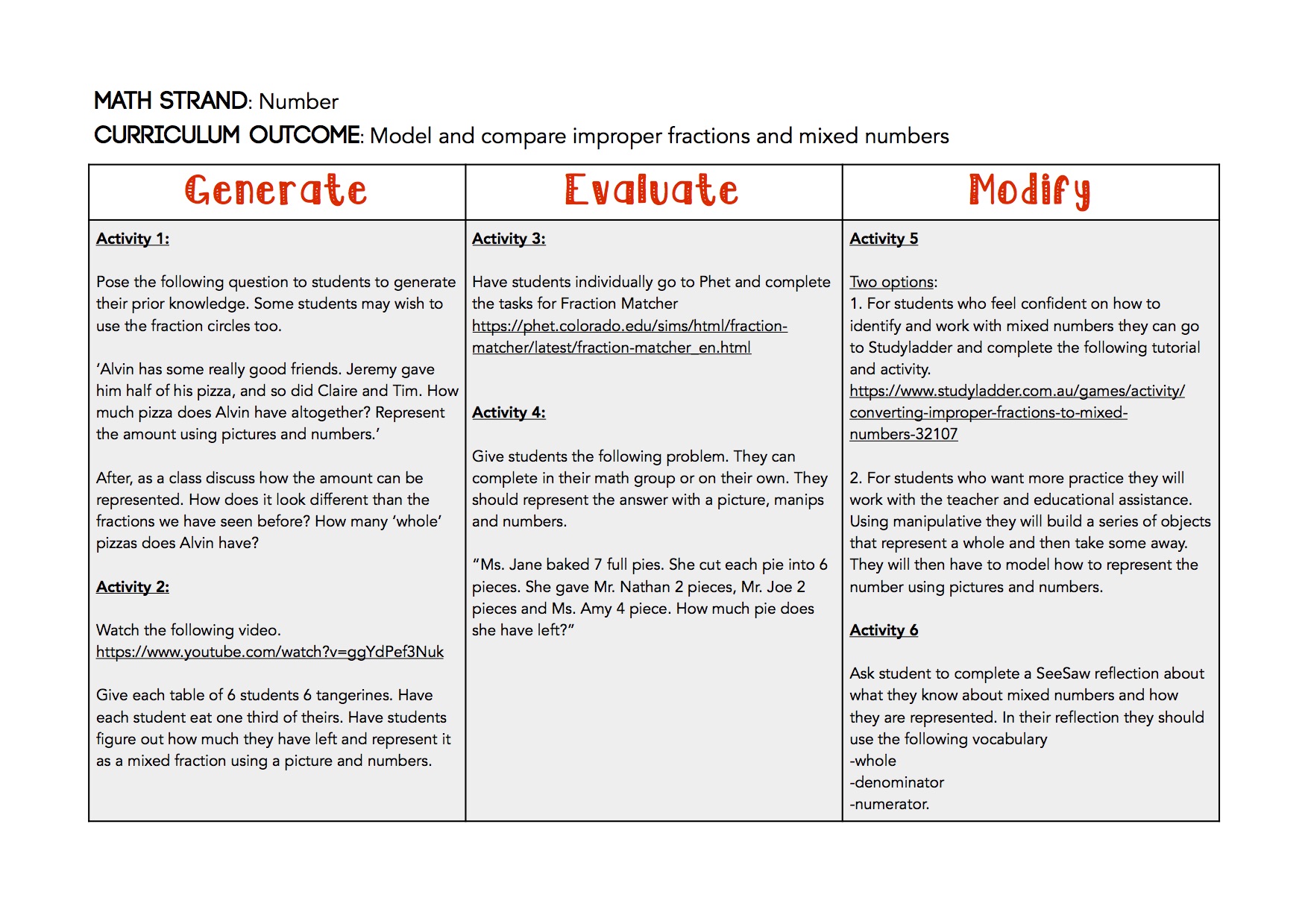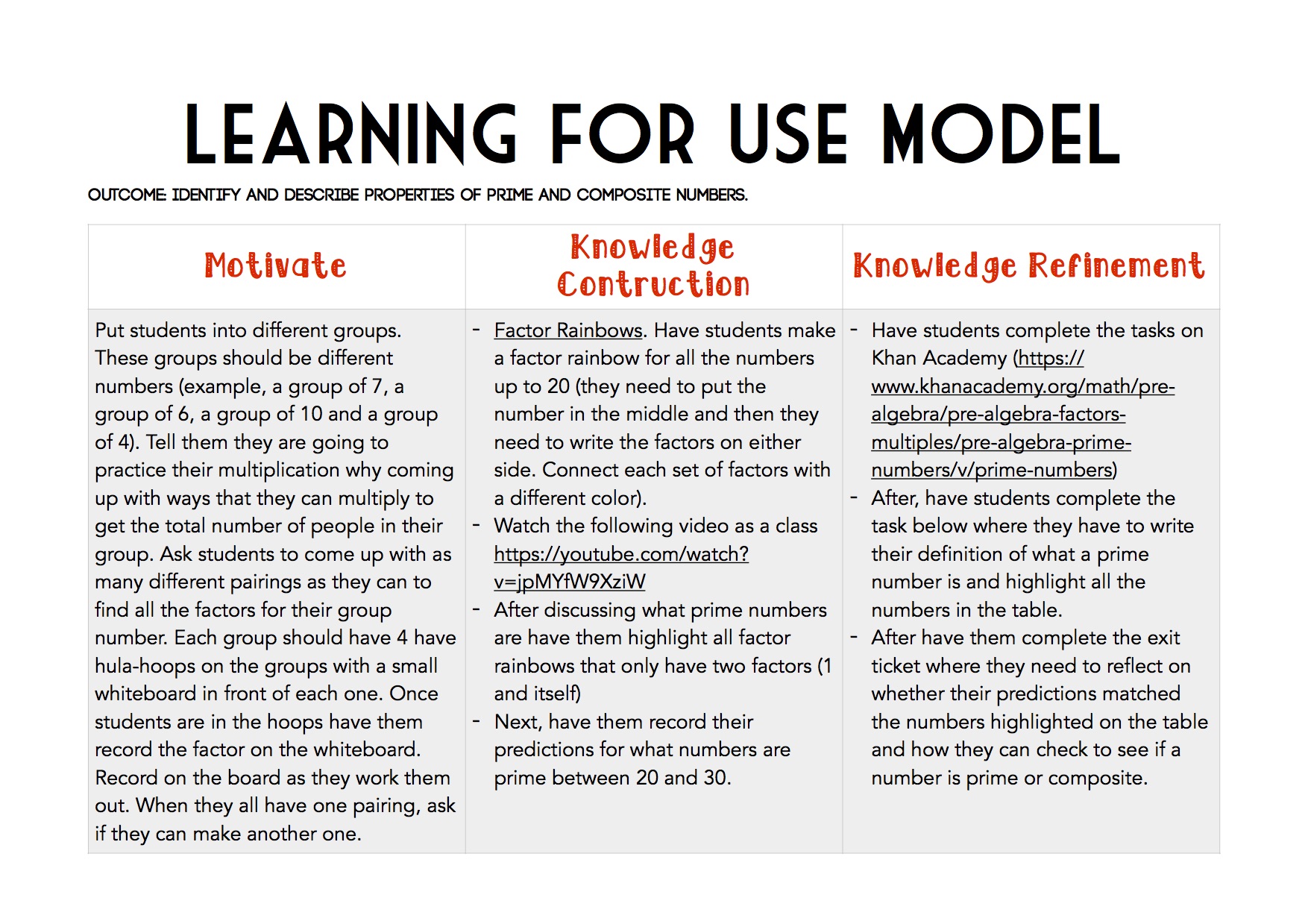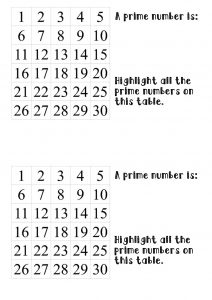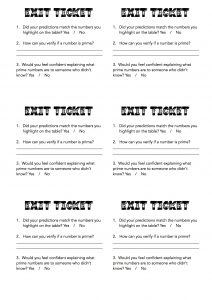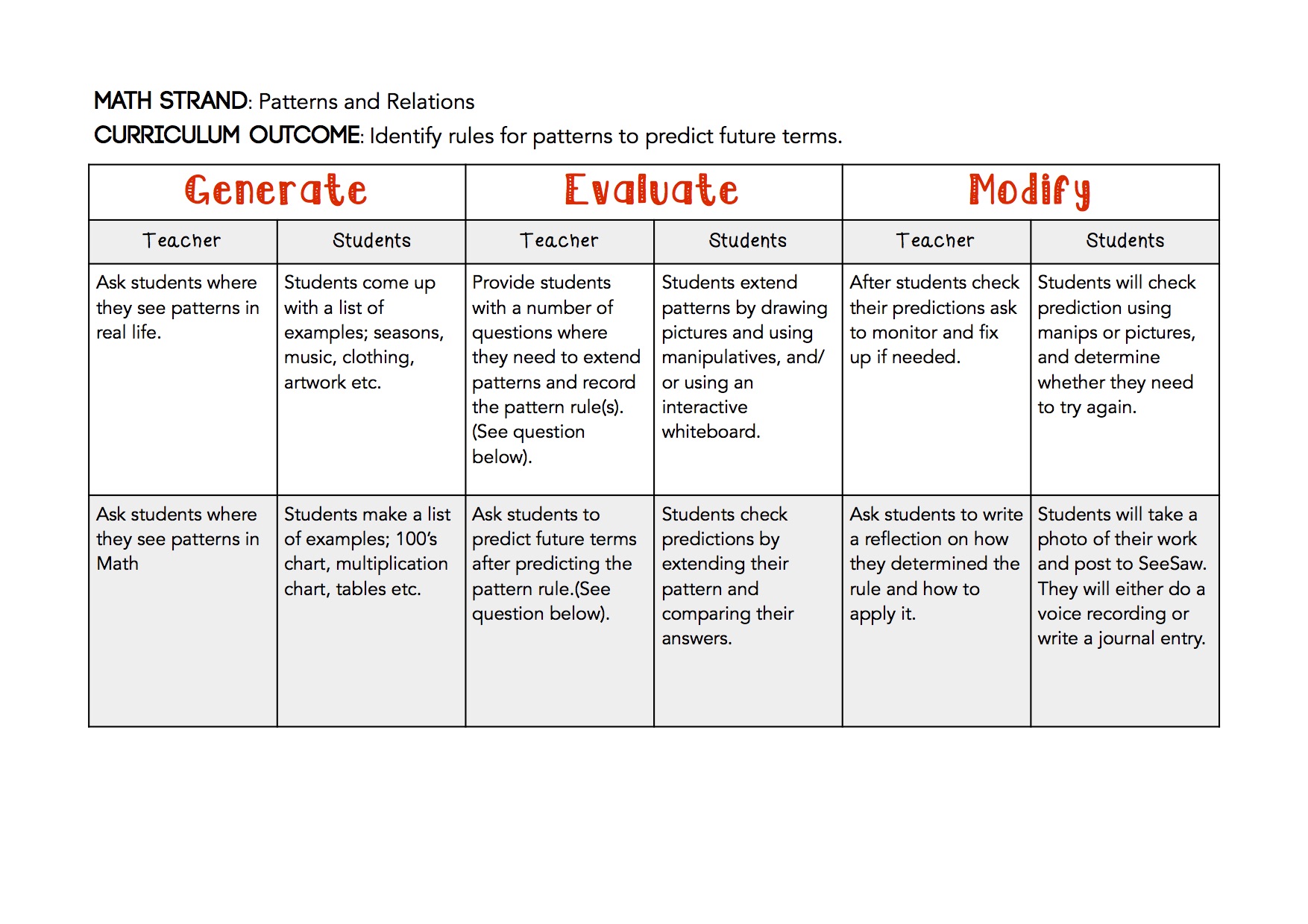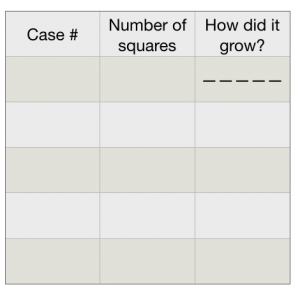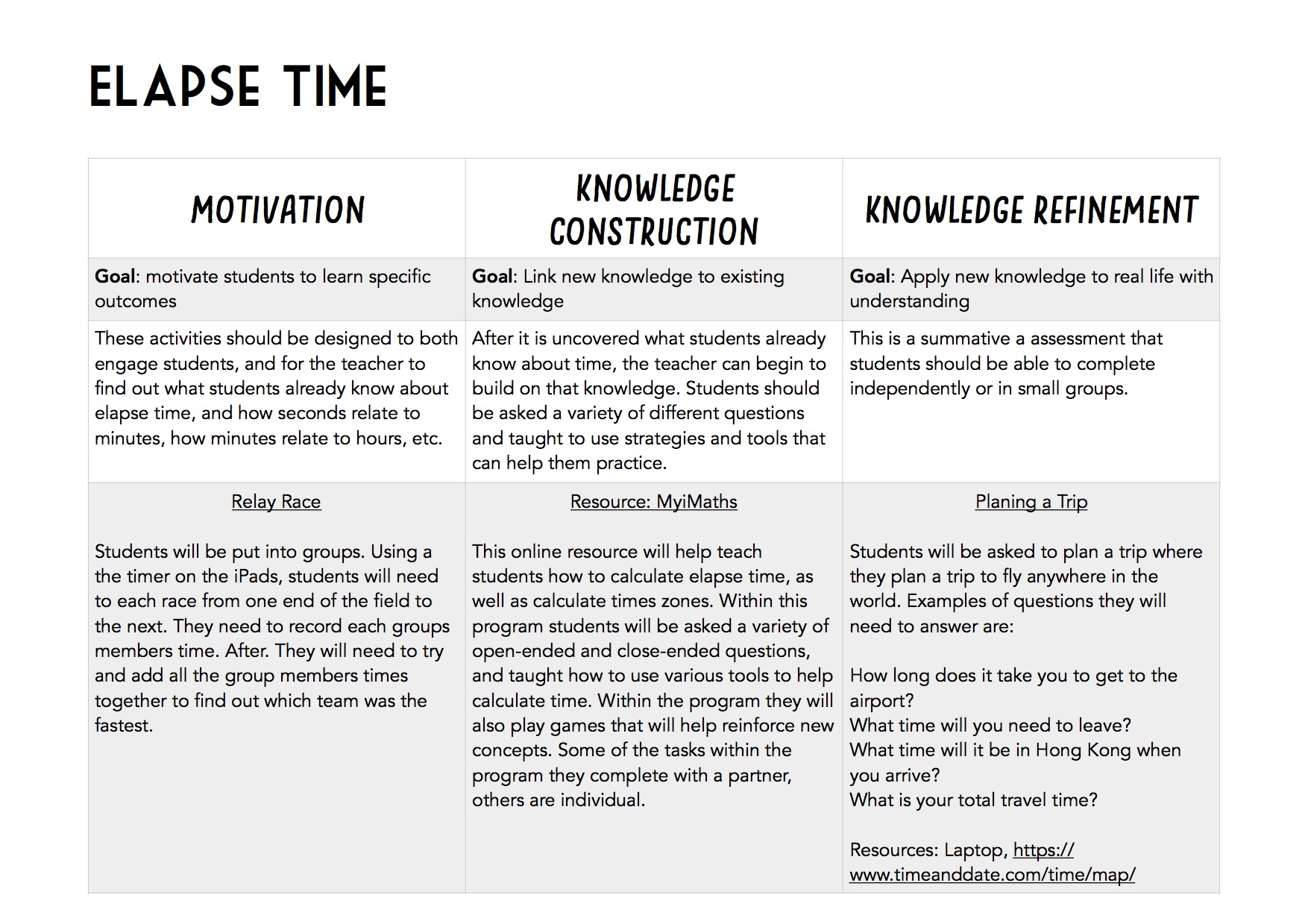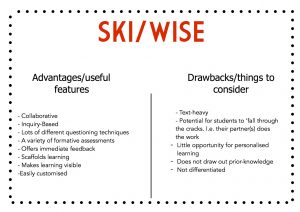Like any of the technologies we have explored so far in this course, when planning, teachers need to be thinking about how the technology will enhance and redefine the learning for their students. In order to do this teachers need to have a good grasp on PCK and TPCK in their subject area. When looking at using simulations teachers need to ask themselves what the purpose of using them is? Is this technology going to give students an experience that they otherwise wouldn’t be able to get? Or is it being used to reinforce or practice a concept? As Stephens & Clements (2015) mention “Because simulations are intended to convey dynamic visual information, teachers may be tempted to believe that simulations are automatically effective in communicating complex models to students.” Teachers can’t assume that students will understand the material in a simulation and need to carefully plan pre-assessments as well as ongoing formative assessments to ensure that students are on track and not falling behind by missing crucial information.
Simulations have advantages when used carefully and intentionally. They can give student opportunities they wouldn’t otherwise receive, help students practice and reinforce concepts previously learned, motivate students and keep them engaged, as well as help them make connections to the outside world. Before using simulations, however, teachers need to ensure that students have appropriate prior-knowledge. Stephens & Clements (2015) and Srinvasan et al. (2006), all reinforce this idea, and it is crucial for teachers to plan appropriate pre-assessments as well as explicit lessons to teach a concept before using a simulation. When using PhET for example, it would be ineffective for students to use this resource without having any prior knowledge or experience with the materials in the modules. Most students would have a difficult time navigating and accessing the content and may become disengaged and frustrating, losing the motivation to learn. Finkelstein et al. (2005) discuss that useful simulations should be designed to be interactive, engaging and highly visual which can help students make connections with the content to their everyday life. When adequately scaffolded, PhET has the potential to do just this, but teachers need to ensure that students are prepared and have enough understanding to complete the tasks independently.
After completing this week’s readings and going through my classmate’s posts, I am more motivated to use different simulation in my class when possible. I have to admit that I am guilty of using them right now as a ‘filler’ task for students to complete when they finish a task early. For instance, I’ll tell students who finish 5 or 10 minutes before others to hop on to Mathletics and complete some assigned tasks in their folder. Using simulations more intentionally and carefully can have many benefits, I think it takes time to plan how you will introduce them and keep track of students progress. Planning them within any TELE framework can help teachers see when to use them, as well as how to scaffold the learning approproaitely so they are introducing them at a time which will be most effective.
References:
Finkelstein, N.D., Perkins, K.K., Adams, W., Kohl, P., & Podolefsky, N. (2005). When learning about the real world is better done virtually: A study of substituting computer simulations for laboratory equipment. Physics Education Research,1(1), 1-8.
Srinivasan, S., Perez, L. C., Palmer,R., Brooks,D., Wilson,K., & Fowler. D. (2006). Reality versus simulation. Journal of Science Education and Technology, 15(2), 137-141.
Stephens, A. & Clement, J. (2015). Use of physics simulations in whole class and small group settings: Comparative case studies. Computers & Education, 86, 137-156.
